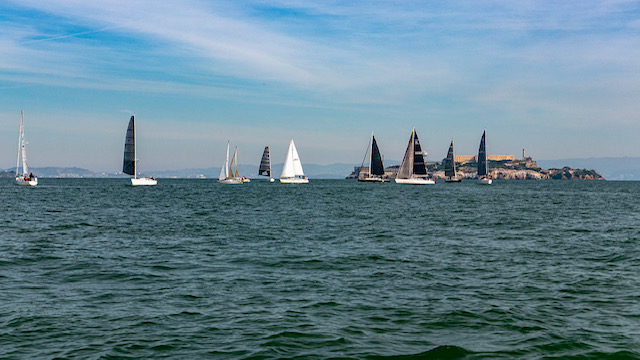By Julie Johnson : sfchronicle – excerpt

The gray area above indicates the Coastal Commission jurisdiction along the San Franciscos Coast. (see 48hills article for more on this subject)
State Sen. Scott Wiener (D-San Francisco), and San Francisco Supervisor Aaron Peskin, have dueling views of the need to protect the coastline amid development pressures.
Building housing is difficult virtually anywhere in California — but especially along the coast, where there can be an extra layer of permitting.
One of the Legislature’s strongest advocates for more home-building is trying to change that — and he’s starting with the coastline of San Francisco.
State Sen. Scott Wiener, D-San Francisco, introduced legislation this month that would chip away at the authority of the California Coastal Commission, the state agency charged with preserving public beach access and evaluating coastal development, over neighborhood areas along Ocean Beach. (See the recent allegations Wiener made at the Coastal Commission meeting that were denied by the Coastal Commissioners.)…
The Coastal Commission’s authority over San Francisco is already slim — very few homes actually fall into the coastal zone, which is mostly beach, bluffs and cliffs…
Senate Bill 951 would narrow the coastal commission’s domain by removing privately owned urban parcels along the city’s western edge from commission oversight. These parcels make up only about 5% of the coastal zone in San Francisco.
The Commission’s 12 members are charged with regulating the use of land in the coastal zone, which typically runs about 1,000 yards inland from California’s shoreline. That means the commission in some cases has final say over coastal developments. The commission has existed since the 1970s, after being created via ballot initiative and enshrined by subsequent legislation called the California Coastal Act.
Peskin and coastal advocates said they worry SB 951 is an opening salvo in a bigger battle over how much to continue protecting California’s coast amid the state’s frantic push for new housing.
See a sample letter to support Peskin’s Resolution to oppose Wiener’s SB 951: Download and edit this sample letter
“Once you do it in San Francisco they’ll be able to do it in San Diego and Crescent City, and it’s the beginning of the end of the model law that’s worked for California that’s the envy of the nation,” Peskin said …(more)
Interesting to note that when it suits him, Senator Wiener promotes the rights of local jurisdictions to override a state Commission. Does he feel that way about the CPUC that reset the state unity rates? If so let’s hear him say that. Of course the real reason Wiener wants to give the cities jurisdiction is because he already gave the state legislature the right to override local cities and counties. What is is doing is giving himself the right to dictate what happened to the California Coast. He appears to want to hand it over to the developers as he will do with every inch of state land that he can get away with.
The only solution to stopping Wiener is to vote him out of office, which we may do this year if he continues to drive people into a corner. First he wants to force density where is it not wanted. Then, he wants to remove cars and parking. Now he wants to install a new tracking system on our private cars and set up a surveillance system to track our every move SB961. Why does he want to turn ordinary citizens into criminals while not supporting bills like SB44 to relax some of the laws that prevent prosecuting serious offenders who are turning our streets into nightmares? Since we know the senator does not support his constituents, who is he working for? Who wants to turn our pristine Pacific coastline into Miami Beach West?
For a better understanding of how Senator Wiener is using his voice to undermine anyone who gets in his way, watch him in action at the Coastal Commission Meeting where he accused the Commissioners of taking actions they denied. (Link to article covering the meeting)



